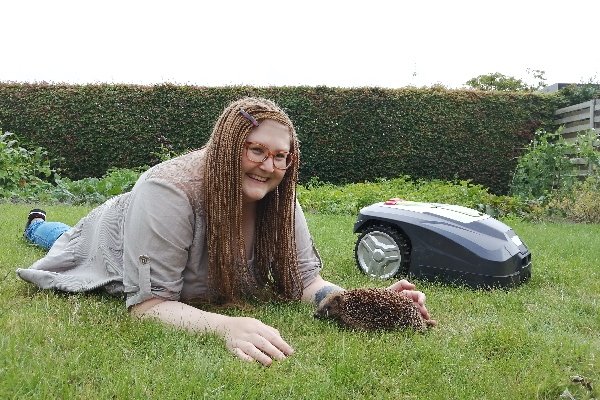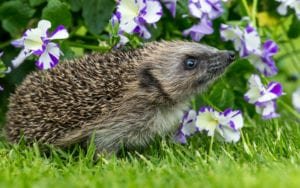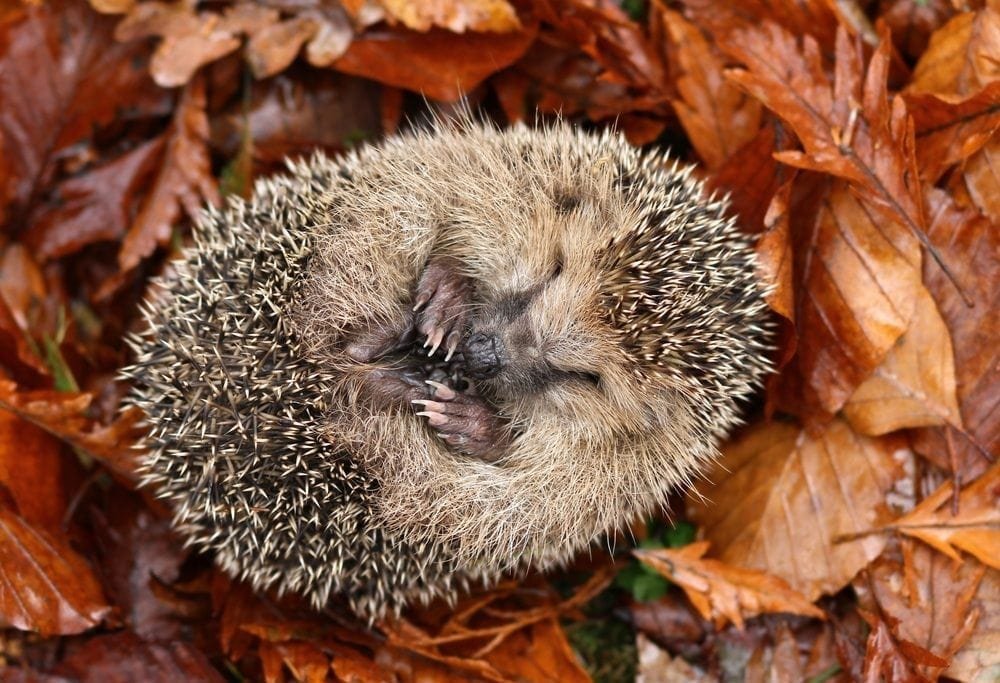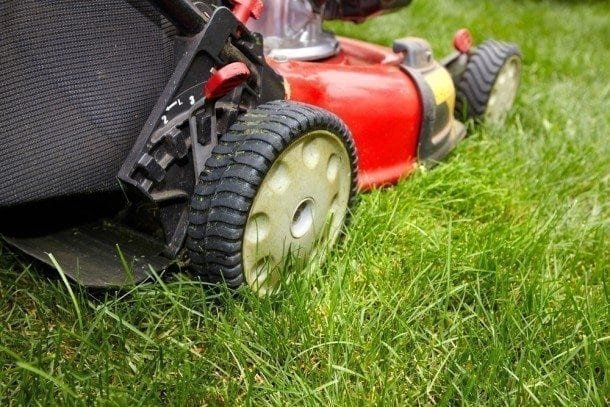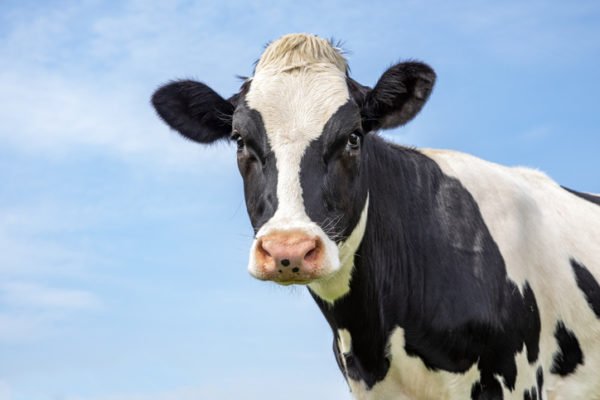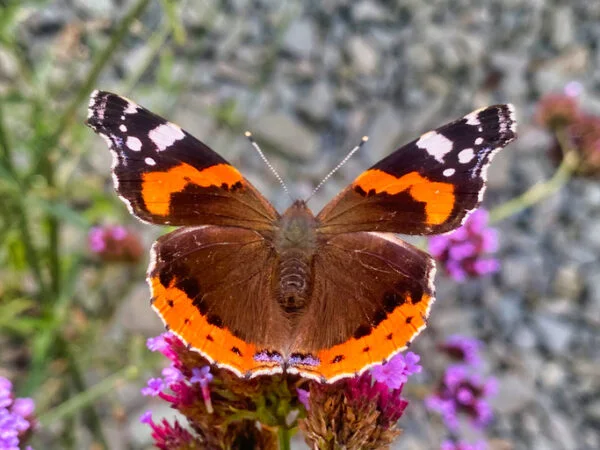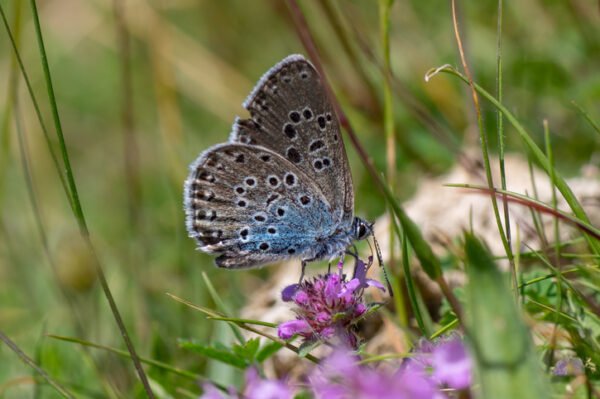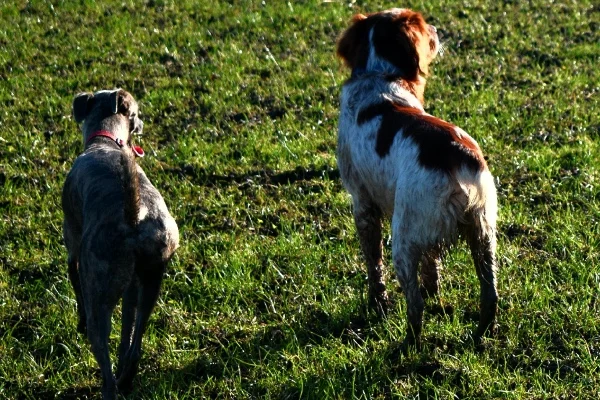Main image: Sophie with hedgehog and robotic lawn mower. Credit Troels Pank
Researchers led by the University of Oxford have developed a new test to assess how dangerous robotic lawnmowers are to hedgehogs.
They hope this will lead to a certification scheme that will allow consumers to choose ‘hedgehog-friendly’ mowers to help protect these lovable mammals.
‘Cut injuries from robotic lawnmowers are placing an enormous burden on many hedgehog care centres and using up important resources, as these injuries often require above-average care and treatment.
‘Moreover, the majority of hedgehogs with cut injuries are found days or weeks after the accident happened and therefore have to endure considerable suffering, pain and harm until they are found. The development of ‘hedgehog friendly’ models could therefore help prevent a considerable amount of animal suffering.’
DR ANNE BERGER
Co-author of the study, Leibniz Institute for Zoo and Wildlife Research, Germany
Hedgehogs in decline
Robotic lawnmowers are becoming increasingly popular, yet many are concerned that running these, especially at night when most hedgehogs are active, could pose a threat to European hedgehogs.
This species is already in serious decline, with reasons including habitat loss, road traffic accidents, intensive agriculture and injuries from dog bites and garden strimmers.
In recent years, many hedgehog rehabilitation centres have reported a significant increase in the number of hedgehog injuries caused by robotic lawnmowers.
‘There is an urgent need to identify and phase out models of robotic lawnmowers that pose a threat to hedgehogs. Our new standardised safety test will greatly aid hedgehog conservation, by enabling manufacturers of robotic lawnmowers to ensure their models are ‘hedgehog friendly’ before they are put on the market.’
DR SOPHIE LUND RASMUSSEN – ‘DR HEDGEHOG’
Lead researcher, University of Oxford
Hedgehogs not detected
Dr Rasmussen was inspired to develop the test after carrying out collision tests between robotic lawnmowers and dead hedgehogs.
The dead hedgehogs had been collected from hedgehog rehabilitation centres, and had been too injured or unwell to be saved.
‘All the robotic lawn mowers I tested had to physically touch the hedgehog in order to detect it, and some did not even detect the dead hedgehog. In mild cases, the robotic mower would lightly nudge the hedgehog then change direction, but in the worst-case scenario, the machine ran straight over it with the blades still running, causing extensive damage to the hedgehog carcass.’
DR SOPHIE LUND RASMUSSEN – ‘DR HEDGEHOG’
Lead researcher, University of Oxford
Crash test hedgehogs
The new safety test uses specially designed hedgehog ‘crash test dummies’ to find out whether a robotic lawnmower would be capable of avoiding a real hedgehog, and if not, how much damage it would cause in a collision.
To make sure the test was as realistic as possible, the researchers worked with a hedgehog rehabilitation centre in Denmark to establish how live hedgehogs, which had been in care and were ready for release back into the wild, tend to react to robotic lawnmowers.
 Play Video about This Rock Might Just Save The World
Play Video about This Rock Might Just Save The World Play Video about Play 2 hours of rock
Play Video about Play 2 hours of rock Play Video about Play 2 hours of brook
Play Video about Play 2 hours of brook Play Video about Play 2 hours of sheep
Play Video about Play 2 hours of sheep

















